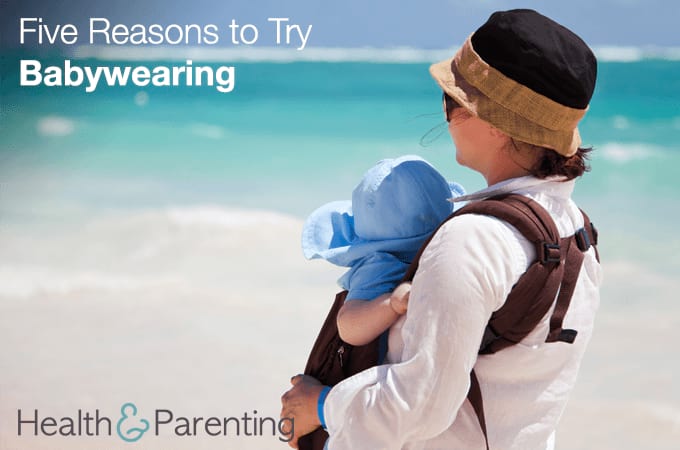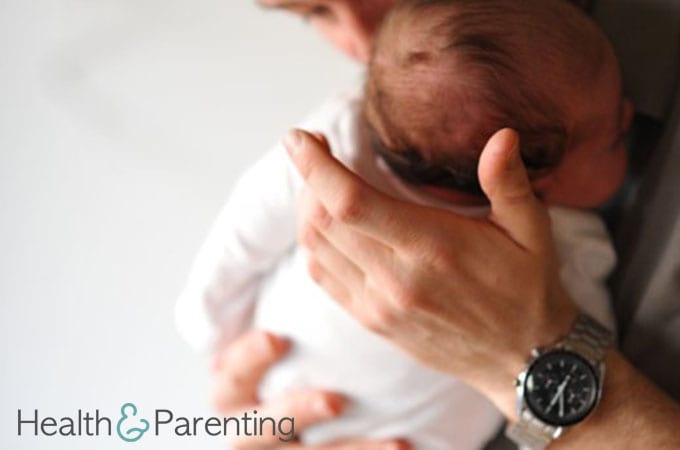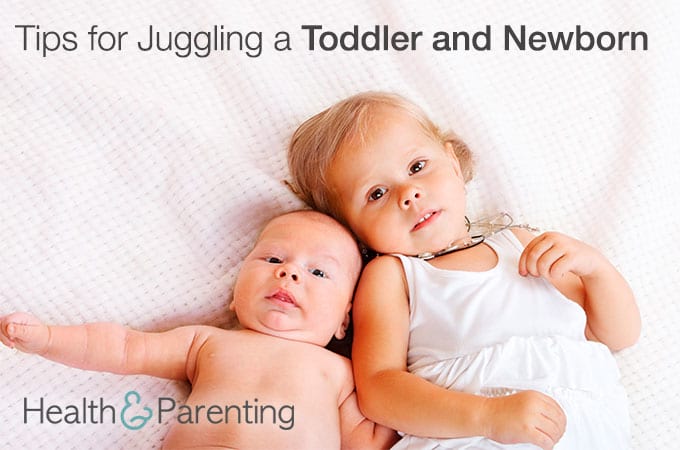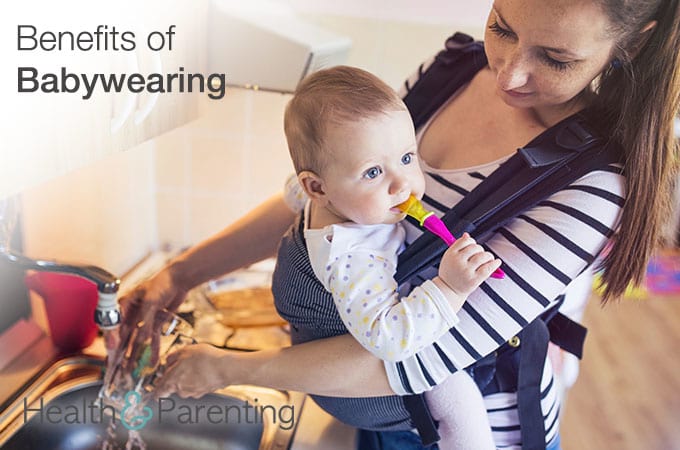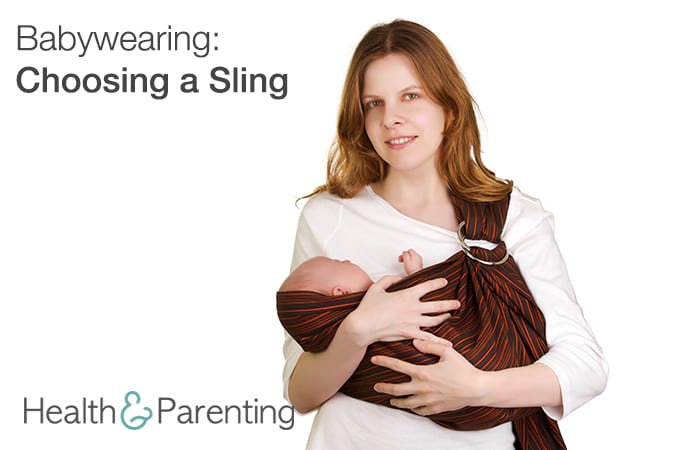Babywearing is nothing new, women have been wearing their babies for generations the world over. Long before prams were invented, women were carrying their babies using lengths of fabric as makeshift carriers. Far from being the new craze the media would have you believe, babywearing is a tried and tested parenting method to make life a little bit easier once the baby arrives. There are plenty of reasons to try babywearing, here are just five of them:
1. You won’t have to leave your baby crying – listening to your newborn baby scream because he needs you is awful. If you have a clingy baby (they all are, at times) and you need a bathroom, you have two choices. You can either leave your baby to cry while you feel guilty on the toilet, or you can cross your legs tightly until your partner gets home to help out. Or, secret option number three, you can stick your baby in the carrier, and go about your daily business as usual.
2. You’ll be hands free – babies just love being carried, and cuddled and played with. Your baby may not be overly keen on being put down, so you’ll probably find yourself carrying him around the house with you anyway. You will learn to do pretty much everything with just one hand, for example, make cups of tea, open jars and pack the nappy bag. Or, you could stick your baby in the carrier, and have the luxury of two hands.
3. Your baby is nearer to the action – babies in prams and pushchairs are a little out of the way. If he is parent-facing, he will enjoy listening to you, but probably won’t be able to see much of what you see. If he is forward-facing, he will miss out on the conversation (and opportunities for language skills development) and will see a knee-height view of the world. In a sling, he would be able to hear what you’re saying, engage with the same people as you, and be able to see the same things.
4. Your baby will have his creature comforts to hand – after nine long months in the womb, your baby likes the sound of your heartbeat, the rhythm of your voice, the smell of your skin, and the warmth of your body. Your baby wants to be with you as much as possible to help him feel safe and confident in new environments. If you’re breastfeeding, you may find you can breastfeed him in the carrier, meaning he’s exactly where he needs to be.
5. Why not? – if you’re not sure babywearing is for you, give it a go before discounting it as an option. There are lots of different types of carriers available, so you should be able to find one you feel comfortable using. Get in touch with your local sling library to book a consultation, an advisor will be able to help you try on different slings, and recommend which will be best for you and your baby.
Will you be giving babywearing a try?
Written by Fiona, proud owner of a toddler, @fiona_peacock
This information is not intended to replace the advice of a trained medical doctor. Health & Parenting Ltd disclaims any liability for the decisions you make based on this information, which is provided to you on a general information basis only and not as a substitute for personalized medical advice. All contents copyright © Health & Parenting Ltd 2017. All rights reserved.

